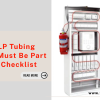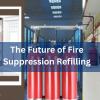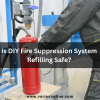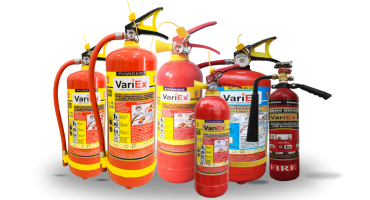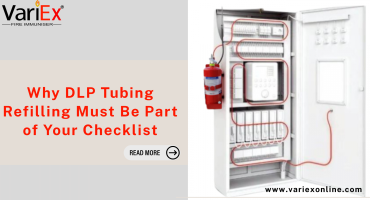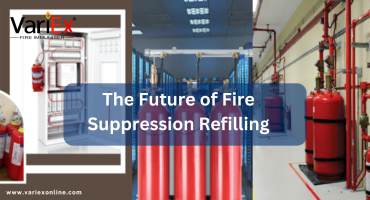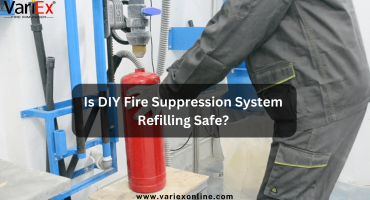Fire sprinkler systems are indispensable for safeguarding lives and property from the devastation of fires. Central to the implementation of these systems is NFPA 13, a cornerstone standard developed by the National Fire Protection Association (NFPA). This comprehensive guide not only delineates the guidelines and specifications for fire sprinkler systems but also encompasses a range of products essential for their effective deployment and operation.
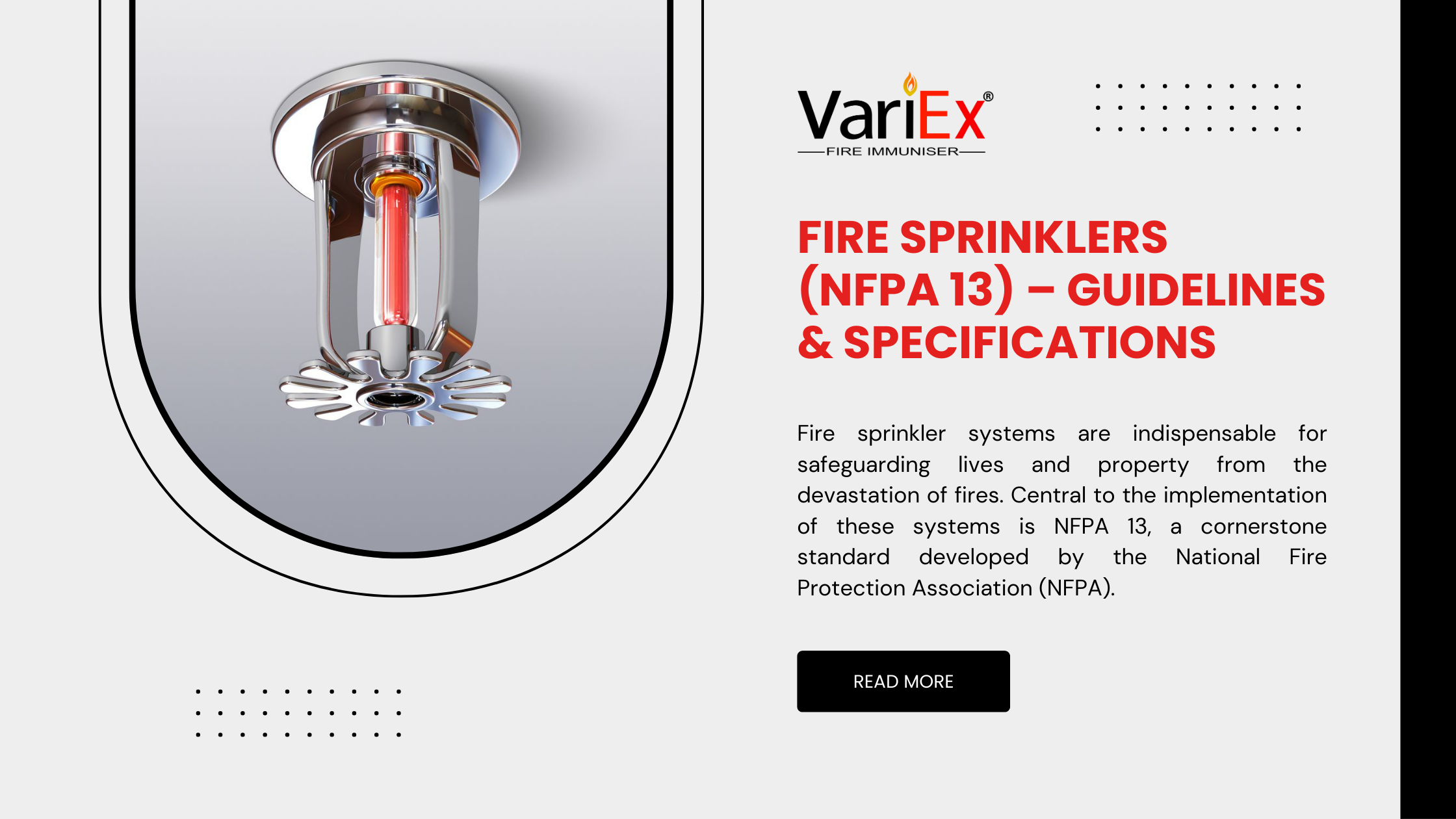
Understanding NFPA 13
NFPA 13 serves as a definitive resource for designing, installing, and maintaining automatic fire sprinkler systems. It meticulously addresses various facets, including system configurations, hydraulic calculations, component specifications, and inspection protocols. Regular updates to NFPA 13 ensure its alignment with evolving technologies and industry best practices, making it an indispensable tool for fire protection professionals.
Key Components of NFPA 13
- System Design: NFPA 13 delineates criteria for designing sprinkler systems tailored to specific occupancy types, hazard classifications, and building layouts. It prescribes guidelines for sprinkler spacing, location, and types, ensuring optimal coverage and effectiveness in fire suppression.
- Installation Requirements: From pipe materials and fittings to hangers and seismic bracing, NFPA 13 provides exhaustive guidance on installing sprinkler system components. Compliance with these requirements is essential for ensuring structural integrity, hydraulic efficiency, and code conformance.
- Hydraulic Calculations: NFPA 13 furnishes methodologies for conducting hydraulic calculations crucial for determining water flow rates, pressures, and pipe sizes. These calculations are indispensable for designing systems capable of delivering adequate water distribution under diverse fire scenarios.
- Water Supplies: The standard stipulates criteria for water supplies to sprinkler systems, encompassing sources, storage facilities, pumps, and pressure regulation devices. Adhering to these requirements ensures reliable water delivery, mitigating the risk of system failure during fire emergencies.
- Inspection, Testing, and Maintenance: NFPA 13 mandates regular inspection, testing, and maintenance procedures to sustain the operational integrity of sprinkler systems. Compliance with these protocols facilitates early detection of deficiencies and ensures prompt remediation to uphold system reliability.
Products for NFPA 13 Compliance
- Sprinkler Heads: A diverse array of sprinkler heads, including pendant, upright, sidewall, and concealed models, are available to suit various applications and aesthetic preferences while meeting NFPA 13 requirements for performance and reliability.
- Piping and Fittings: Manufacturers offer an assortment of piping materials (e.g., steel, copper, CPVC) and fittings compliant with NFPA 13 standards, ensuring compatibility, durability, and corrosion resistance in diverse environments.
- Valves and Accessories: NFPA 13-compliant valves, including alarm check valves, deluge valves, and control valves, are essential for regulating water flow and pressure within sprinkler systems. Additionally, accessories such as pressure gauges, flow switches, and tamper switches play integral roles in system monitoring and control.
- Water Supplies and Pumping Equipment: Suppliers offer water storage tanks, pumps, and associated equipment designed to meet NFPA 13 requirements for water supply reliability, pressure regulation, and redundancy.
- Testing and Inspection Devices: Various testing and inspection tools, such as flow meters, pressure gauges, and inspection tags, facilitate compliance with NFPA 13 mandates for routine system assessment and maintenance documentation.
Significance of NFPA 13 Products
NFPA 13-compliant products are instrumental in ensuring the efficacy, reliability, and regulatory compliance of fire sprinkler systems. By selecting products bearing the NFPA 13 label, stakeholders can be confident in their ability to deliver the performance and longevity demanded by this industry-standard guideline.
Conclusion
NFPA 13 not only provides comprehensive guidance for fire sprinkler system design, installation, and maintenance but also fosters a marketplace of products engineered to meet its stringent requirements. By integrating NFPA 13-compliant products into their fire protection strategies, stakeholders can bolster the resilience and effectiveness of their sprinkler systems, ultimately enhancing fire safety outcomes for occupants and assets alike.
![]()



